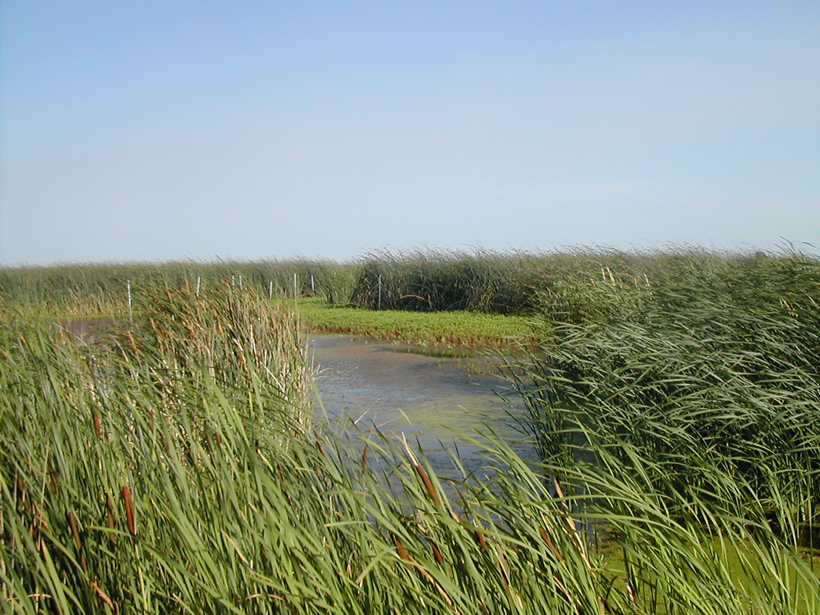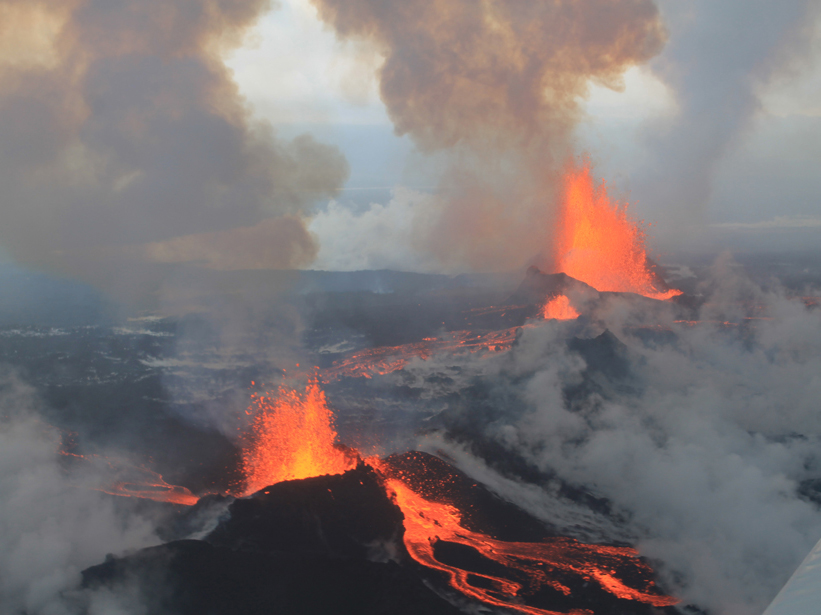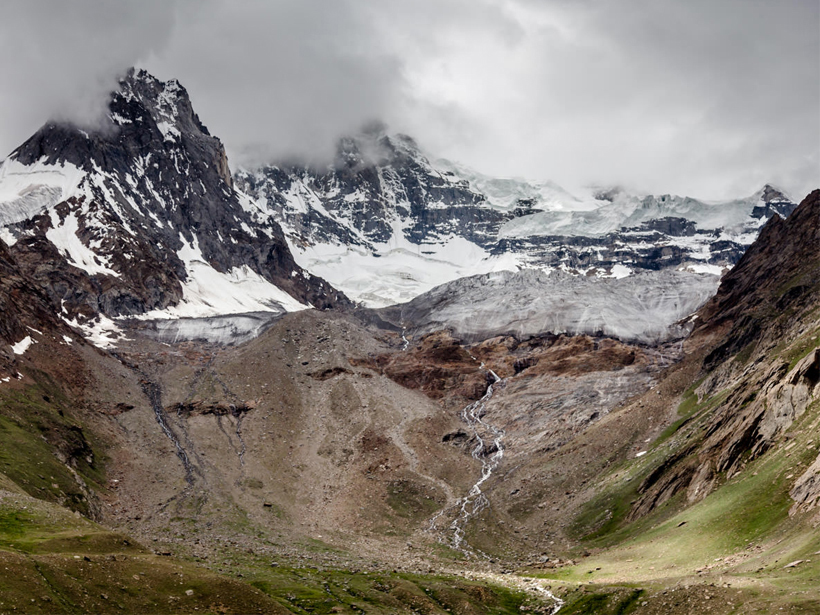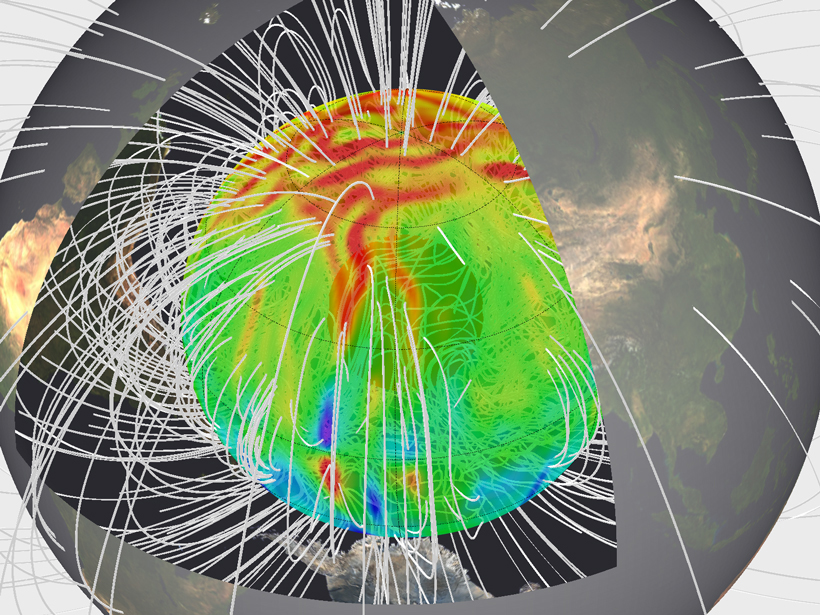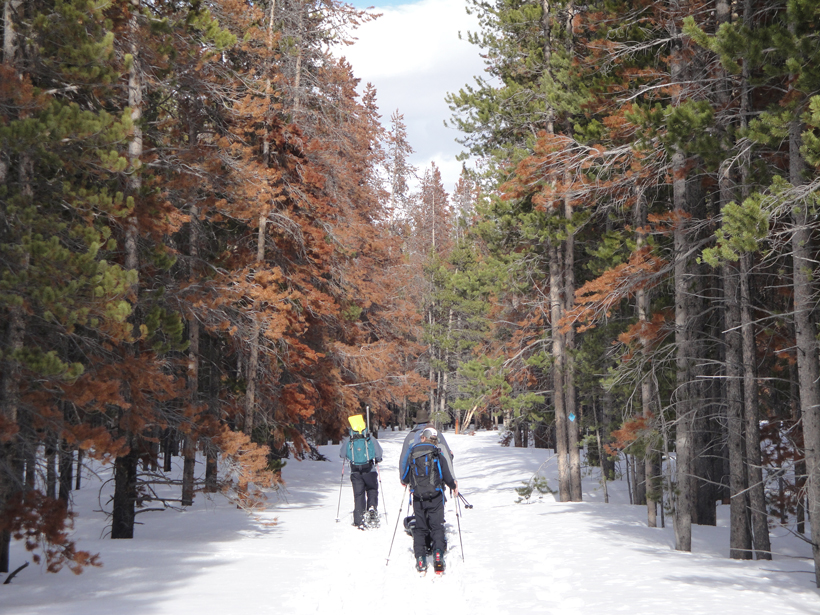Results from the first decade-long reanalysis simulation of northwest European shelf biogeochemistry show the importance of quantifying the uncertainty in these indicators to inform marine policy.
Research Spotlights
Research spotlights are plain-language summaries of recent articles published in AGU’s suite of 24 journals.
After a Century, Restored Wetlands May Still Be a Carbon Source
Methane emissions can drastically lower, or even reverse, the benefits of carbon sequestration in restored wetlands, according to new measurements from the Sacramento–San Joaquin Delta.
Icelandic Eruption Caused Record-Breaking Sulfur Dioxide Release
Satellite and ground-based data reveal sulfur dioxide flux, trace element release, and preeruption magma movement.
Moored Ocean Buoy Tracks Marine Carbon Cycle Variations
Years of data from a North Pacific ocean station show that the ocean's ability to pull carbon out of the atmosphere is controlled by biological and physical processes that change between seasons.
Estimating Evaporation
A new framework provides scientists with a more precise understanding of potential evaporation from drying land surfaces.
Permafrost Area Is Sensitive to Key Soil and Snow Physics
Accounting for key soil and snow variables shows a much higher impact on simulated permafrost area than uncertainties in land cover and climate data.
Which Geodynamo Models Will Work Best on Next-Gen Computers?
A new study uses identical tests to evaluate the accuracy and performance of current models of Earth's magnetic field, then extrapolates the results to anticipated "petascale" supercomputers.
Demystifying Mercury "Hollows"
Spectral data from NASA's MESSENGER spacecraft indicate that the properties of the depressions on Mercury's surface can vary within a single crater and that these differences may correlate to age.
Gamma Ray Bursts Leave Their Mark in the Low Ionosphere
Scientists use very low and low-frequency radio signals to detect short gamma ray bursts and their impact on the low ionosphere.
Bark Beetles Cause Big Tree Die-Offs, but Streams Flow Steadily
Recent beetle epidemics have driven tree die-offs across North America, and previous studies predicted an increase in annual streamflow would follow—but a new study shows this may not be the case.

